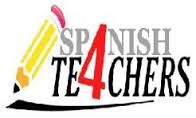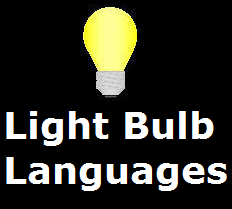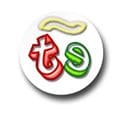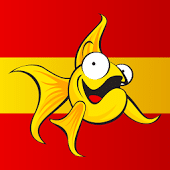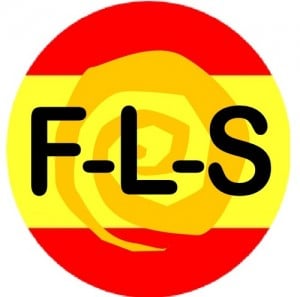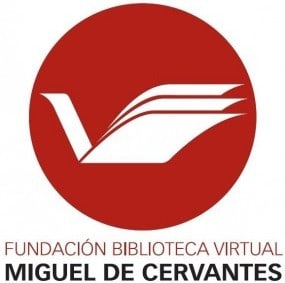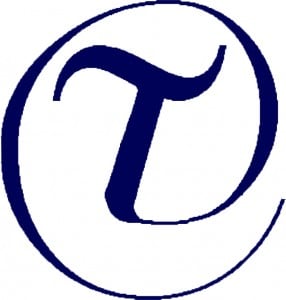
15 Spanish Teaching Resources for Activities, Lesson Plans, Worksheets and More
One of the biggest time sucks for teachers is finding, preparing and organizing resources.
A recent survey found that for every hour of teaching, we spend another hour planning and grading.
The good news? We’re here to make that part easier!
Keep reading for 15 great resources to help you save time and energy on planning your Spanish classes—most of them are free!
With these Spanish teaching resources, preparing engaging classes will be a breeze, so you can save your energy for the classroom.
Contents
Download: This blog post is available as a convenient and portable PDF that you can take anywhere. Click here to get a copy. (Download)
Lesson Plans, Activities and Worksheets
Spanish4Teachers
This website has so many interesting resources and tools for teaching. It’s worth spending some time discovering all it has to offer.
It’s really well organized, with everything linked together. For example, if you choose to browse PowerPoints on Spanish adjectives, it will also take you to lesson plans, worksheets and handouts that you could use in that same lesson.
Tes.co.uk
This website has loads of resources linked to the most common textbooks and exam boards. Just search the full collection of resources by entering the keyword “Spanish,” or choose the level first and then search for Spanish resources for that level.
My favorite feature is that the website works like a social network, so if you find someone whose resources you really like, you can follow them and keep an eye on their new resources.
Light Bulb Languages
Light Bulb Languages has a great compilation of activities and combines different topics with language learning. For example, students can learn about the planets while practicing their Spanish.
The website has been smartly organized so you can find whatever you’re looking for, from audio files for listening practice to puzzles and games for vocabulary.
TodoELE
TodoELE is another one of those websites that offers a bit of everything. You can find lessons based on cinema and literature, spelling exercises, grammar activities and much more.
Many of the resources include a level indicator plus ready-to-use lesson plans and materials, making your job easier and providing variety for your students.
Grammar

The Spanish Forum
This website offers grammar worksheets that are well organized, attractive and include a clear explanation at the beginning.
You’ll no longer have to spend hours creating your own worksheets for class. Just find one on the topic you’re teaching, download and print it and you’re ready to go!
Conjugation
![]()
This website is extremely easy to use and will save you so much time if you’re putting together verb tables. Just choose your verb and what tenses you’d like to see in the table.
You can even choose the layout and whether or not you want subjects. Then just take it to a Word document and customize it before printing it for class.
Homework
Linguascope
This site has activities on many topics, organized by different abilities. It’s really useful for teaching vocabulary and includes games and audio to practice pronunciation.
You can print the tests or worksheets and have students complete them at home, then go over them together in class. You can also have them watch videos or play games for more practice outside the classroom.

FluentU
FluentU is a unique language learning platform that uses authentic Spanish videos—like clips from movies, music videos and news segments—to teach different aspects of the language in an engaging, immersive way.
While you could easily build an in-class lesson around a FluentU video, the online Spanish immersion platform provides students with engaging at-home practice, with new videos being added all the time!
Culture and Literature
Fun Learning Spanish
I love to use this website in my Spanish Culture Club. Articles are in both English and Spanish, which proves very useful when preparing differentiated reading activities.
It covers many aspects of Spanish culture such as Spanish food, sports, music, artists and films. It also has a handy calendar with all the different fiestas for each month, so you can celebrate with your students!
Biblioteca Virtual Miguel de Cervantes
This comprehensive digital library is dedicated to Spanish-language literature, culture, and heritage. It offers an extensive collection of books, articles, essays and multimedia resources, showcasing the richness and diversity of Spanish and Latin American literature.
Many texts are available in PDF, so you can print and use them in class. It has a great section of poems and stories for kids, and some of the masterpieces of Spanish literature for adults.
Ciudad Seva
Ciudad Seva is another online library that I find really useful when looking for resources for adults or secondary students. It’s my go-to place for finding poems, but it also has a vast collection of plays, essays, novels and short stories.
With its user-friendly interface and diverse literary content, this is a valuable resource if you want to immerse your students in Spanish literature and use the works of renowned authors to inspire them.
Tecla Magazines
Tecla Magazines is an online publication dedicated to promoting Spanish language learning and culture. They’re leveled and have a range of activities on reading comprehension, vocabulary, grammar and writing practice.
Best of all, they come with an audio track so you can also have your students practice their listening skills. This is a great way for your students to learn fascinating information while improving their Spanish.
Primary

BBC Primary Languages Spanish
BBC’s free Spanish language resources are great for beginner to intermediate students.
The site includes activities for a wide range of language skills, including phonics for pronunciation, videos that teach about Spanish culture and games to reinforce vocabulary. The activities are interactive and engaging and are sure to add more excitement to your Spanish lessons.

Primary Resources
Primary Resources is simple to use and provides great PowerPoint presentations and activities for a wide range of topics. The resources on the website are organized by topic, so it’s easy to find what you need.
It also includes the name of the teachers that shared the documents. This saves time because once you find some resources you like, you can check out other resources created by the same person.
The Jack Hunt School’s Spanish Primary Resources
This resource offers a variety of printable activities and worksheets, free of charge and well organized!
Take a look at the resources on the story “Dear Zoo.” Primary kids love storytelling, and this one is great for six to eight-year-olds with lots of interesting activities to go with it. I tried this last year and my students even wrote and illustrated their own version of the story!
Use these resources as a base, and then build up a solid bank of ideas and activities you can adapt to different topics or lessons.
This will save time in lesson planning and during class, as you’ll have premade materials and activities with clear instructions.
Enjoy your newfound free time!
Download: This blog post is available as a convenient and portable PDF that you can take anywhere. Click here to get a copy. (Download)
